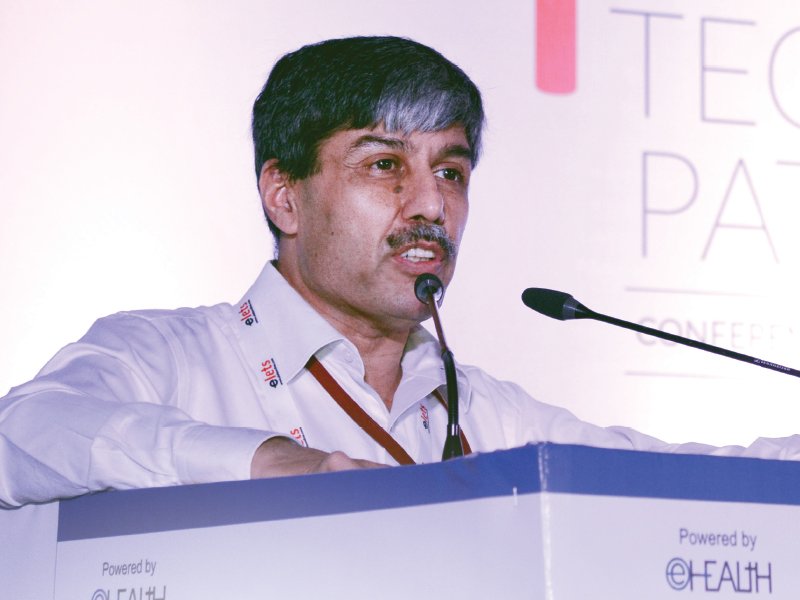Investing in adolescents is good economics: Experts
October 31, 2017 | Tuesday | News
Investing in adolescents is good economics: Experts
Jhalani said the RKSK was launched in 2014 to address the health and development needs of the adolescents in India.
“It is easier and cost-effective to bring in healthy behaviors early, rather than changing adolescents at a later stage and spending more on healthcare costs,” Manoj Jhalani, Additional Secretary and Mission Director, National Health Mission (NHM) said.
Speaking at a Plenary Session on the first day of the 11th World Congress on Adolescent Health on " Investing in Adolescent Health—the Future is Now,’’ Jhalani said from the one-day orientation programme for teachers at district levels under the 8th Five-Year-Plan in 1992-1997, to the ambitious Rashtriya Kishore Swasthya Karyakram (RKSK) which is being implemented currently, India has achieved many milestones in adolescent health.
Jhalani said the RKSK was launched in 2014 to address the health and development needs of the adolescents in India.
RKSK is based on continuum of care for adolescent health and development needs through the three-tier public health system with a multi-component intervention targeting both determinants of health problems and their consequences. The programme adopts a facility-based approach, school-based approach and community-based approach for expected outcomes by including immunization and iron-folic acid tablets programmes to improve health and deal with anemia, Jhalani said.
India now has more than 7,000 Adolescent Friendly Health Clinics with a case load of 73 people each month, 11.2 crore children have been administered Weekly Iron-Folic Acids tablets and 22205 Health Days held so far. The Menstrual Hygiene Scheme has been launched across the districts.
Home to 253 million adolescents at present, India is expected to have 297 million adolescents by 2050.
However, nutritional deficiencies and injuries, including self-harm are emerging as major challenges, as are mental and substance abuse.
While there has been a 50% decline in early marriages and teenage pregnancies, more than 26% girls are still married before 18-years of age and teenage pregnancy continues to be 7.9% with a high unmet need for contraception among married adolescents. One-third of young women experience physical/emotional/social violence and 20% experience mental health problems. Over 12% tobacco users in the country are in the age group 15-24 years and one-fourth in this age group use alcohol.
Pointing out that investing in adolescent health would pay dividends, Dr Sunil Mehra, Executive Director, MAMTA Health Institute for Mother and Child, said there is a need to enhance core competencies in health care functionaries to deliver on adolescent health (both in clinical and public health) in addition to increased financial and human resource allocation to adolescent health.
"We need age (and sex) disaggregated data and rigorous and transparent evaluations of our adolescent programmes. It is important to intervene early and continue with age-specific programming and importantly time to question ourselves that “are we reaching high-risk adolescents through our existing programming,” Dr Mehra said.
A panel discussion on ``The Missing Link: Fostering Resilience in Adolescent Girls for Improved Health, Education, and Gender Equity’’ was organized by Corstone, which was about a unique evidence-based intervention for young adolescents.










